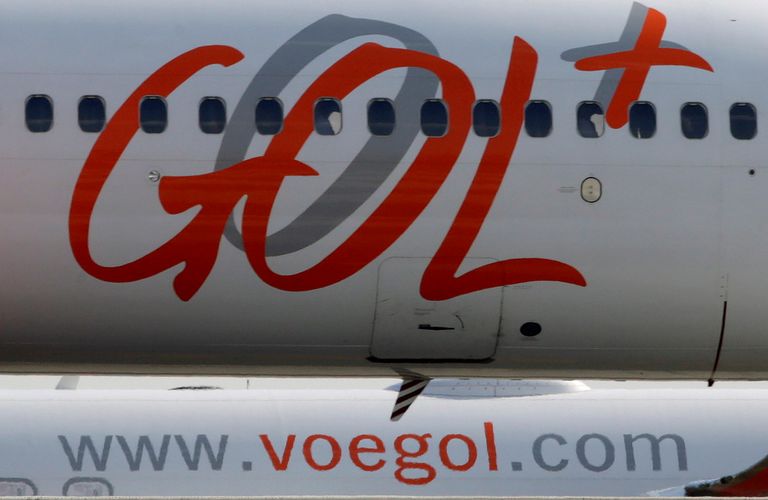In a rare move for a Latin American issuer, Brazilian airline GOL plans to sell a US$300m, five-year convertible bond as it seeks to bolster its balance sheet and lower funding costs.
GOL is embarking on a global roadshow that will canvass accounts in Asia, Latin America, Europe and the Middle East next week before pricing on March 25.
The lengthy marketing process reflects the rarity of CBs by LatAm companies and a desire to attract dedicated EM credit and long-only investors as well as convertible arb funds.
Just three convertible bonds have been issued out of the region in the past five years - two of which came from e-commerce platform MercadoLibre. And GOL has been working with bankers on this deal for over a year.
Bank of America Merrill Lynch, Morgan Stanley and Evercore ISI, the global coordinators, are marketing the five-year CB at a coupon of 3.75%-4.25% and conversion premium of 30%-40% after launching the deal on Thursday.
GOL was seen as well suited for such a transaction. Not only does its stock trade internationally in the form of American Depositary Receipts (ADRs), but it is also volatile, which is an important factor when pricing a convertible.
“The option to convert to equity is worth more if the stock is volatile,” a banker said. “And the higher the volatility, the lower the coupon.”
GOL’s NYSE-listed ADSs closed Thursday at US$13.94, up from a recent low of US$9.47 in December and recent high US$15.53 on February 15 - 90-day realized vol ticked 68 and 200-day 84, sky-high in any jurisdiction.
One hiccup is that the ADSs are tightly held.
So to facilitate stock borrowing for CB arbs to hedge their exposure, GOL’s controlling shareholder, FIP Volluto, agreed to enter into a stock-loan arrangement covering 14m ADSs.
Those ADSs will be sold to new investors alongside the CB but returned to FIP Volluto once the CB is converted, repurchased or repaid. The counterparty bank(s) are short delivery until then, which they will swap to buyers of the CB.
Typically, stock-loan facilities are used in situations where a company is distressed. But GOL is far from distressed.
To drive home that point, GOL plans to use a portion of the CB proceeds on a derivative to offset stock dilution to share prices above the 30%–40% premium the CB is being marketed.
LOWER ALTITUDE
The all-in costs of the CB are far lower than what GOL would pay for straight debt.
GOL’s 7% unsecured 2025 bonds trade at a yield of 8.5%, while a secured term loan guaranteed by Delta Airlines, a strategic partner, carries an annual rate of 6.5%.
GOL has gradually improved its funding costs through a series of liability management exercises, the CB being the latest extension of that effort.
“They are proactively trying to reduce the cost of capital and are now pricing a lower cost instrument,” said a hedge fund manger. “That is positive.”
Moody’s agreed, upgrading GOL’s credit ratings Thursday to B1 from B, citing improving operating margins and leverage metrics.
“Proceeds from the proposed notes will be used to reinforce GOL’s liquidity position as well as for liability management, extending the company’s debt maturity profile, while decreasing interest expenses,” the ratings agency said.
GOL was buffeted last year by a depreciating currency and higher fuel costs, contributing to a R$1.1bn net loss, its worst performance since 2015.
But with Brazil emerging from its worst recession in decades and optimism over the passage of vital pension reforms putting investors in a bullish mood about the economy, GOL should enjoy some tailwinds going forward.
Analysts expect the airline to earn US$184m (R$707m) this year, based on consensus estimates.
GOL, like other carriers globally, has been hard hit by the grounding Boeing’s 737 MAX. It is the largest operator of the plane in Latin America and has another 130 on order to modernize its fleet.
